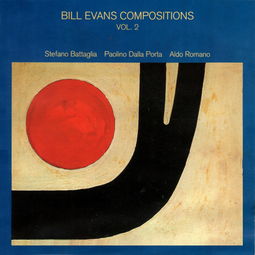Tone vs. Mood: A Detailed Multidimensional Introduction
Understanding the nuances between tone and mood is crucial in the realm of literature and communication. While both elements contribute to the overall atmosphere of a piece, they serve distinct purposes. In this article, we will delve into the intricacies of tone and mood, exploring their definitions, differences, and the impact they have on the reader’s experience.
Defining Tone

The tone of a piece of writing refers to the author’s attitude or perspective towards the subject matter. It is the emotional quality that the writer aims to convey to the reader. Tone can be formal, informal, serious, humorous, sarcastic, or any combination of these. For instance, a news article might have a formal tone, while a personal letter might be more informal and friendly.
Defining Mood

Mood, on the other hand, is the emotional atmosphere that a piece of writing creates. It is the overall feeling or mood that the reader experiences while reading the text. Mood is often influenced by the setting, characters, and events in the story. A mysterious novel might have a suspenseful mood, while a romantic comedy might evoke a light-hearted and joyful mood.
Differences Between Tone and Mood

While tone and mood are closely related, they are not the same. Here are some key differences between the two:
| Aspect | Tone | Mood |
|---|---|---|
| Definition | Author’s attitude or perspective | Overall emotional atmosphere |
| Influence | Can be influenced by the author’s intention | Can be influenced by setting, characters, and events |
| Example | A news article might have a formal tone | A horror movie might have a suspenseful mood |
As you can see from the table, tone is more about the author’s perspective, while mood is more about the emotional atmosphere created by the story elements.
Impact on the Reader’s Experience
The tone and mood of a piece of writing can significantly impact the reader’s experience. Here are some ways in which they can influence the reader:
-
Tone: A writer’s tone can shape the reader’s perception of the subject matter. For example, a humorous tone can make a serious topic more relatable and enjoyable, while a sarcastic tone can convey disdain or criticism.
-
Mood: The mood of a story can evoke certain emotions in the reader, making them feel a range of emotions, from happiness to sadness. This emotional connection can enhance the reader’s engagement with the text.
-
Setting the Scene: Tone and mood can help set the scene for a story. For instance, a dark and ominous mood can create a sense of foreboding, while a cheerful mood can create a sense of warmth and comfort.
-
Character Development: Tone and mood can also contribute to character development. For example, a character’s tone might reveal their personality, while their mood might indicate their emotional state.
Examples of Tone and Mood in Literature
Let’s look at a few examples of tone and mood in literature:
-
Tone: In “To Kill a Mockingbird” by Harper Lee, the tone is primarily serious and thoughtful. The author’s perspective is one of moral contemplation and social commentary.
-
Mood: The mood of “The Great Gatsby” by F. Scott Fitzgerald is one of disillusionment and longing. The setting of the 1920s and the characters’ desires contribute to this overall mood.
-
Tone: In “The Diary of a Young Girl” by Anne Frank, the tone is hopeful and resilient, despite the author’s difficult circumstances.
-
Mood: “Pride and Prejudice” by Jane Austen has a light-hearted and humorous mood, with a focus on romance and social commentary
About The Author




